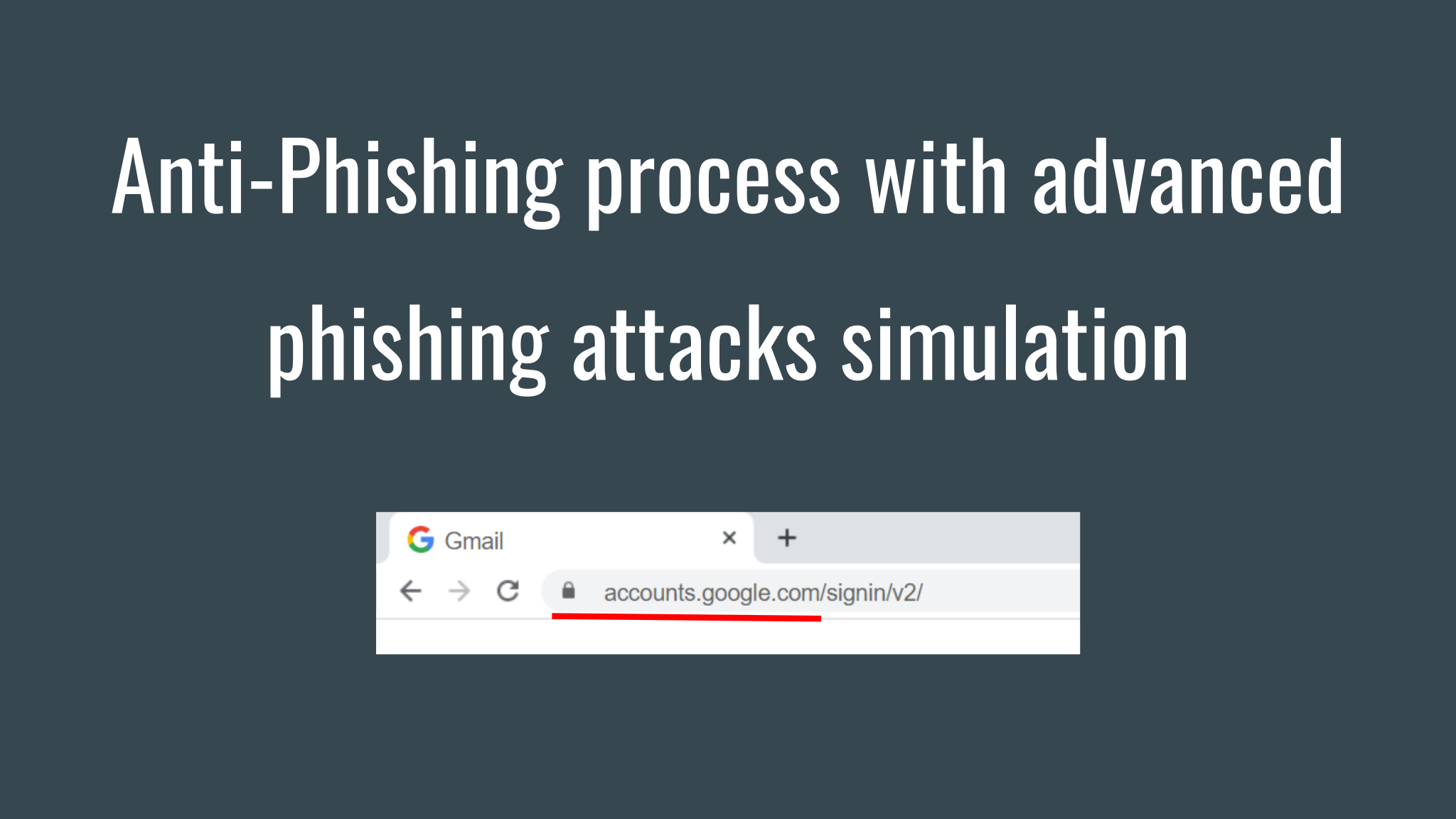Hello everyone! Yet another news episode.
Microsoft’s August Patch Tuesday
Let’s start with Microsoft’s August Patch Tuesday. I think the most interesting thing is that it contains a fix for the PetitPotam vulnerability. I talked about this vulnerability two weeks ago. At the time, Microsoft had no plans to release a patch because PetitPotam was a “classic NTLM Relay Attack”. But the patch was actually released as part of August Patch Tuesday.
A quote from Rapid7: “Tracked as CVE-2021-36942, the August 2021 Patch Tuesday security update blocks the affected API calls OpenEncryptedFileRawA and OpenEncryptedFileRawW through the LSARPC interface”.
There are no formal signs that this vulnerability is critical other than comments from the vendors. My Vulristics tool has flagged this “Windows LSA Spoofing” as a Medium level Vulnerability. But this fix seems to be the most important thing in this Patch Tuesday. So install this patch first.
Continue reading
